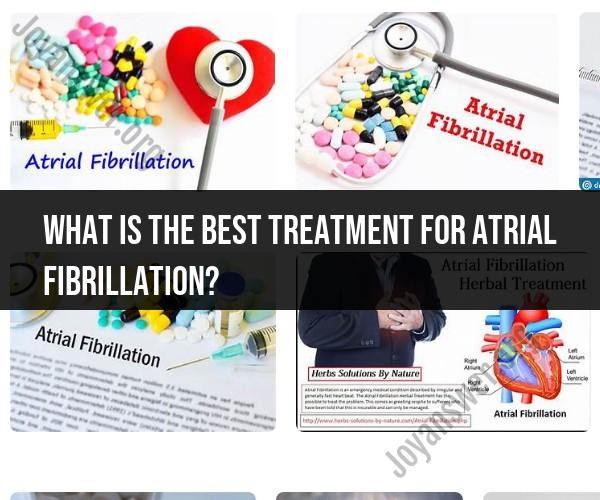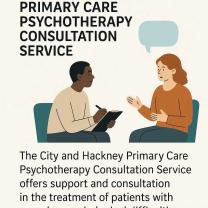What is the best treatment for atrial fibrillation?
The optimal treatment approach for atrial fibrillation (AFib) depends on several factors, including the type of AFib, the underlying cause, the severity of symptoms, and individual patient characteristics. Treatment options for AFib aim to control the heart rhythm, prevent blood clots and stroke, and manage symptoms. Here are some common treatment approaches for AFib:
Lifestyle Modifications:
- Diet and Exercise: Adopting a heart-healthy diet low in sodium and saturated fats, along with regular exercise, can help manage AFib.
- Alcohol and Caffeine: Limiting alcohol and caffeine intake may reduce AFib symptoms.
- Stress Management: Reducing stress through relaxation techniques like meditation or yoga can be beneficial.
Medications:
- Antiarrhythmic Drugs: These medications help restore and maintain a normal heart rhythm. Common examples include amiodarone, flecainide, and propafenone.
- Rate-Control Drugs: These drugs slow down the heart rate, making it less irregular. Beta-blockers and calcium channel blockers are often used.
- Anticoagulants: Blood-thinning medications (anticoagulants) such as warfarin, apixaban, dabigatran, or rivaroxaban are prescribed to reduce the risk of stroke by preventing blood clots.
Cardioversion:
- Electrical Cardioversion: In some cases, a procedure called electrical cardioversion is performed to restore a normal heart rhythm using electrical shocks.
Catheter Ablation:
- Radiofrequency Ablation: During this minimally invasive procedure, abnormal electrical pathways in the heart are targeted and eliminated using radiofrequency energy.
- Cryoablation: Similar to radiofrequency ablation, but using extreme cold instead of heat to disrupt abnormal electrical signals.
Pacemaker or Implantable Cardioverter-Defibrillator (ICD): In cases of bradycardia (slow heart rate) or specific types of AFib, a pacemaker or ICD may be implanted to help regulate the heartbeat.
Left Atrial Appendage Closure (LAAC): This procedure involves closing off the left atrial appendage, where blood clots often form, reducing the risk of stroke.
Surgical Maze Procedure: In cases where other treatments are ineffective, a surgical procedure called the Maze procedure may be considered to create scar tissue in the heart's atria to redirect electrical signals.
The best treatment approach is determined through a shared decision-making process between the patient and their healthcare provider. Factors such as the type of AFib, the presence of other medical conditions, age, and patient preferences all play a role in selecting the most appropriate treatment strategy. It's essential for individuals with AFib to work closely with their healthcare team to develop a personalized treatment plan that addresses their specific needs and goals while minimizing the risk of complications, including stroke and other heart-related issues.













